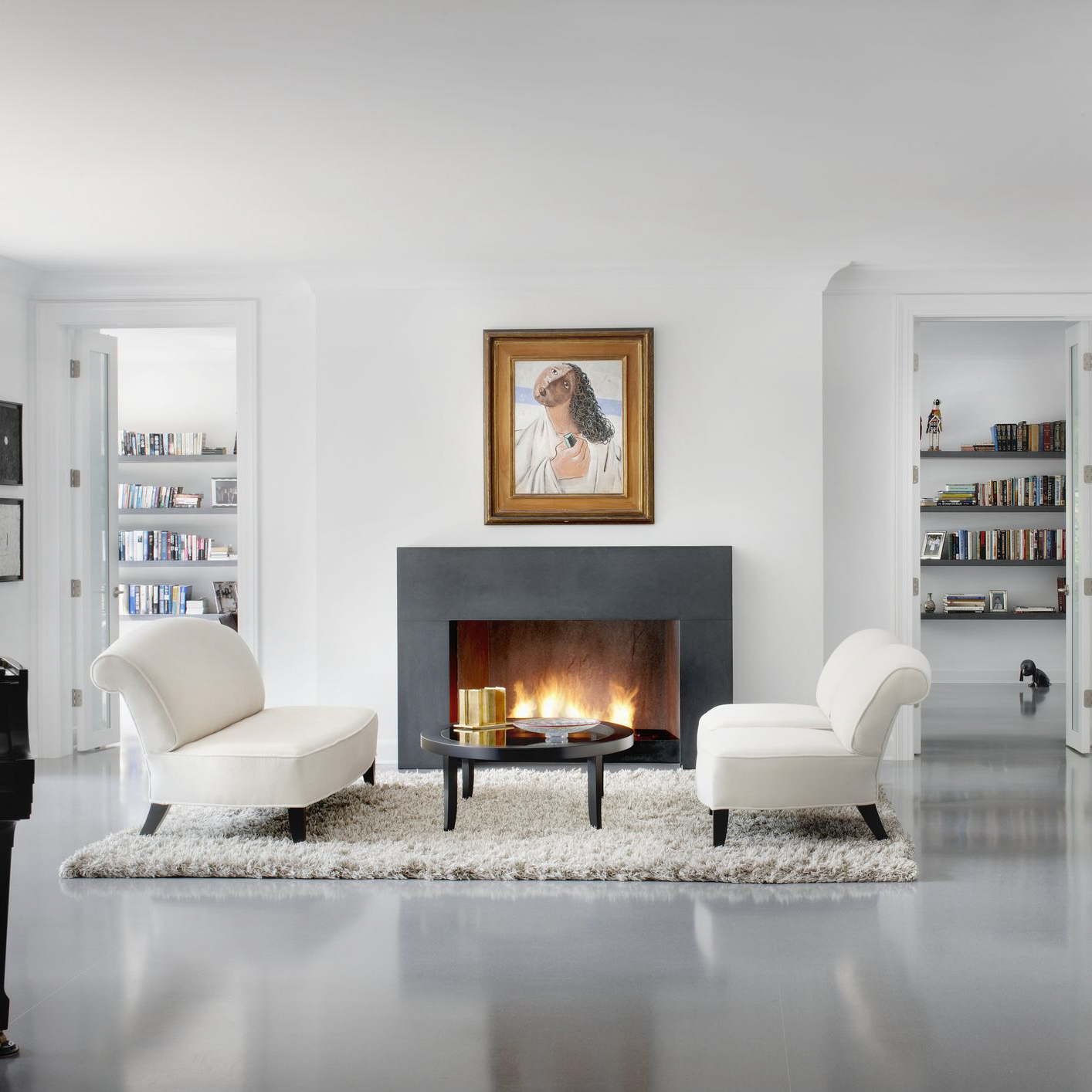Introduction
Lighting is an essential aspect of home decor. The right lighting can enhance the mood of a room and create a comfortable and inviting atmosphere. Wall-mounted light fixtures are an excellent option for providing stylish and functional illumination. However, traditional hardwired wall lights require professional installation and can be costly to install. This is where plug-in wall light fixtures come in – they are easy to install, affordable, and can be moved around easily. In this article, we’ll explore the benefits and disadvantages of plug-in wall lights and provide tips on how to choose the perfect fixture for your needs.
What are Plug-in Wall Light Fixtures?
Plug-in wall light fixtures are lighting fixtures that can be plugged into an electric outlet rather than being hardwired into the wall. They come in various styles and designs, and their compact size makes them perfect for smaller spaces. They usually have a cord that can be hidden behind furniture, making them an excellent option for renters who do not want to damage the walls or wiring.
The Benefits of Plug-in Wall Lights
1. Easy to install: The most significant advantage of plug-in wall lights is the convenience of the installation process. You do not need a professional electrician to install them, and they can be set up in minutes.
2. Mobility: Plug-in wall lights can be easily moved and repositioned, making them an excellent option for those who like to rearrange their furniture frequently.
3. Affordability: Plug-in wall lights are less expensive than traditional wall lights as they do not require any professional installation or wiring.
4. Versatility: Plug-in wall lights come in various styles and designs, making it easy to find a fixture that will complement your room decor.
The Disadvantages of Plug-in Wall Lights
1. Cord visibility: The most significant disadvantage of plug-in wall lights is the visibility of the cord. While some fixtures have cords that can be hidden behind furniture, others may require more creative solutions to conceal them.
2. Limited placement options: As plug-in wall lights require access to an electric outlet, you may be limited in where you can place them in a room.
Choosing the Right Plug-in Wall Light Fixture
When choosing a plug-in wall light fixture, consider the following factors:
1. Style: Consider the style of your room and choose a fixture that will complement your existing decor.
2. Brightness: Make sure the light fixture produces enough light for your needs.
3. Cord length: Check the length of the cord to ensure it will reach the outlet and provide flexibility in placement.
4. Bulb type: Consider the type of bulb the fixture uses and whether it will be easy to find replacement bulbs in the future.
